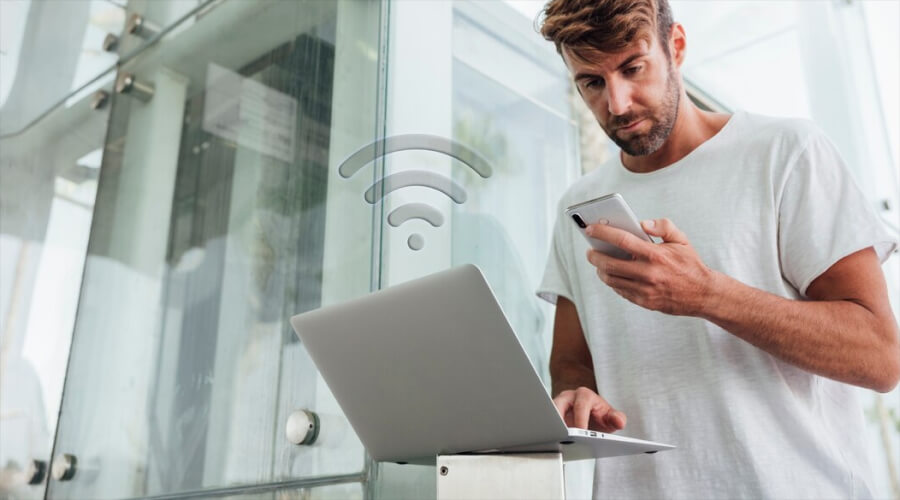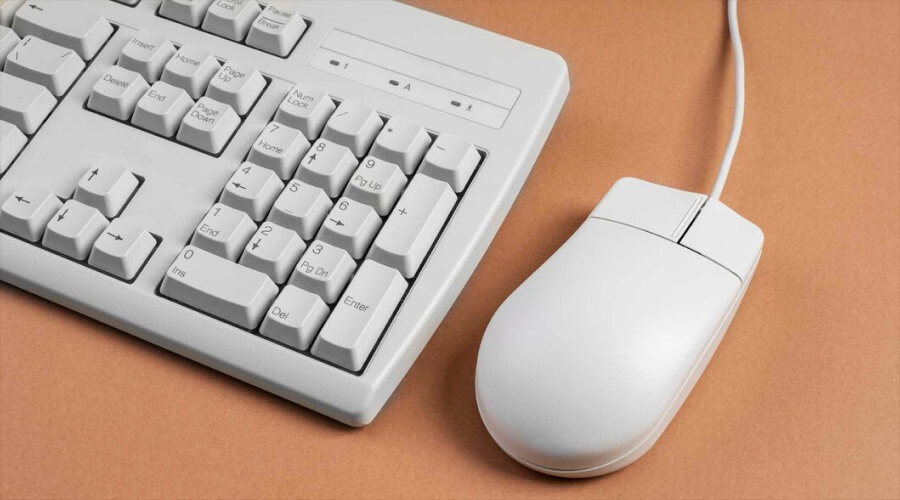
Computers have evolved into very essential instruments in our daily life in the digital era. Still, even the most dependable equipment might run against problems that cause output to be disrupted. Knowing how to solve fundamental computer issues can save you time and aggravation. This article helps you to independently handle 14 typical computer problems by offering straightforward fixes.
Here is a Complete Guide on Fixing Basic Computer Issues
1. Computer Won’t Start

When your computer doesn’t start, it can be concerning.
Here’s what to do:
- Solution 1: Make sure the power cable is firmly attached to the power outlet as well as the computer.
- Solution 2: Plugging in another device, such as a light, can help you confirm if the power outlet is operational.
- Solution 3: Make sure a surge protector you are utilizing is switched on and reset if needed. Try it on another gadget to be sure it is functional.
- Solution 4: For laptops, charge the battery by plugging in the AC adapter. Wait a few minutes before attempting again to see if the laptop will still turn on.
2. Slow Computer Performance
A sluggish computer can be frustrating.
Try these steps:
- Solution 1: Delete temporary files that might mess your system.
- Solution 2: Uninstall apps you no longer find need for.
- Solution 3: Look for viruses and malware possibly slowing down your machine.
- Solution 4: Think about changing hardware, like to an SSD or adding more RAM.
3. Internet Connectivity Issues

If you’re having trouble connecting to the internet, follow these tips:
- Solution 1: Restart your modem or router.
- Solution 2: Verify all cable connections to guarantee their security in second solution.
- Solution 3: On your PC, reset your network settings.
- Solution 4: Change your network drivers to the most recent version.
4. Software Crashes and Freezes
When applications crash or freeze, here’s what you can do:
- Solution 1: Be updated with your operating system and software.
- Solution 2: Run a malware check to rule out infestations in the second solution.
- Solution 3: Task Manager can help you to terminate unresponsive applications.
- Solution 4: Reinstall the software causing issues.
5. Blue Screen of Death (BSOD)
Encountering a BSOD can be alarming.
Here’s how to handle it:
- Solution 1: Note the error code displayed for further troubleshooting.
- Solution 2: Ensure all hardware components are compatible and update drivers.
- Solution 3: Run memory checks and hard drive diagnostics.
- Solution 4: Use system restore to revert to a previous working state.
6. Printer Issues

Printer problems can disrupt your workflow.
Try these solutions:
- Solution 1: Confirm printer connections and power status.
- Solution 2: Clear any stuck print jobs in the queue.
- Solution 3: Update your printer drivers.
- Solution 4: Run the printer troubleshooter provided by your operating system.
7. Audio Problems
No sound or distorted audio can be a major issue.
Here’s how to fix it:
- Solution 1: Check volume levels and ensure sound is not muted.
- Solution 2: Make sure the correct audio output device is selected.
- Solution 3: Update or reinstall audio drivers.
- Solution 4: Test sound with different speakers or headphones.
8. Overheating
Overheating can cause shutdowns and performance issues.
Prevent it with these steps:
- Solution 1: Clean dust from vents and fans regularly.
- Solution 2: Ensure proper ventilation around your computer.
- Solution 3: Use a cooling pad for laptops.
- Solution 4: Monitor CPU usage and close unnecessary programs.
9. Data Loss

Losing important data can be devastating.
Here’s how to recover and prevent it:
- Solution 1: Use file recovery software to retrieve lost files.
- Solution 2: Restore files from backups if available.
- Solution 3: Regularly back up important data to external drives or cloud storage.
10. Applications Running Slowly
If a specific application is lagging, try these tips:
- Solution 1: Close and reopen the application.
- Solution 2: Update the application via its Help menu or check for updates online.
11. Frozen Applications
An unresponsive application can disrupt your work.
Fix it with these steps:
- Solution 1: Force quit the application using Task Manager (PC) or Force Quit (Mac).
- Solution 2: Restart your computer if force quitting doesn’t work.
12. All Programs Running Slowly
When your entire system is slow, these solutions can help:
- Solution 1: Run a virus scanner to hunt for malware first.
- Solution 2: Eliminating pointless files will save up hard disk capacity.
- Solution 3: Run a PC’s Disk Defragmenter to maximize file storage.
13. Completely Frozen Computer
A totally unresponsive computer requires decisive action:
- Solution 1 (Windows only): Restart Windows Explorer via Task Manager.
- Solution 2 (Mac only): Restart Finder via the Force Quit Applications dialog box.
- Solution 3: Force shutdown by holding the power button for 5-10 seconds.
- Solution 4: Unplug the power cable or remove the battery if other methods fail.
14. Mouse or Keyboard Not Working

When input devices stop responding, try these fixes:
- Solution 1: Ensure wired devices are properly connected.
- Solution 2: Check batteries and power status of wireless devices.
Conclusion
Many regularly occurring computer issues may be fixed on your own by learning these fundamental troubleshooting methods. Frequent maintenance, upgrades, and virus awareness help to keep your system working as intended. Remember that keeping the health of your computer and your output depends much on a little knowledge base.






